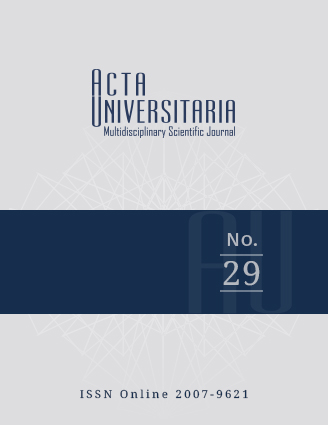Combined chemical seed treatment and its influence on the growing of seedlings of sorghum, maize, soybean, and cotton
Published 2019-08-23
How to Cite
Abstract
The chemical seed treatment is an alternative method focused on the protection and health of crops, so it is considered as an efficient practice. The objective of the study was to evaluate, in seedling stage, the seed treatments: a) insecticide-fungicide, thiamentoxam, fludroxomil and metelaxil-M (Crusier-Maxx®); b) microelements, Fe (47%) and Zn (62%) (Wolf Trax DDP®); c) combination of a and b; and d) control. Treatments were applied in sorghum (Sorghum bicolor, Norteño), maize (Zea mays, H-440), soybean (Glycine max, Vernal), and cotton (Gossypium hirsutum, FM9250 Trans) under irrigated conditions; in dryland, sorghum and maize were applied with the same hybrids. Treatments showed no influence on emergence, plant density, chlorophyll, height and biomass of seedlings in the four crops or moisture condition. Soybean exhibited iron chlorosis and no effect was observed with Fe + Zn. In the conditions described, the chemical seed treatment was not effective.

